Results
-
 £98.20
£98.20Memories - Franco Puliafito
What better way than an original music composition to commemorate a friendship that fate has broken off all too soon? For the Banda Sociale di Roncone (Trento) there was simply no other way. It commissioned the author to write this piece which, in its compact structure, expresses human qualities such as friendship, vitality, pain and the determination never to forget the important human and musical contribution that such people have generously made to associations and the community as a whole. Memories was written as a sign of eternal friendship linking all those who in some way share the same passions, in both good and bad times, to which there is often no answer.
Estimated dispatch 7-14 working days
-
 £149.99
£149.99Bridge Between Nations Wind Band Set (Score & Parts)
This work builds a musical bridge between the nations of the European Union. In this composition each country is represented by a fragment of its national anthem. The listener will continually be surprised by the creative way the national anthems are presented. The national anthems of the nations that have become part of the EU in 2004 have already been included in this piece. Because the fragments follow each other and complement each other in a logical way, this work does not sound like a regular medley but rather like a varied concert work with interesting elements of folklore. For most of the national anthems Jacob de Haan has chosen a minor key, which gives this work an extra emotional, sometimes melancholic overtone. 0:09:30
Estimated dispatch 7-14 working days
-
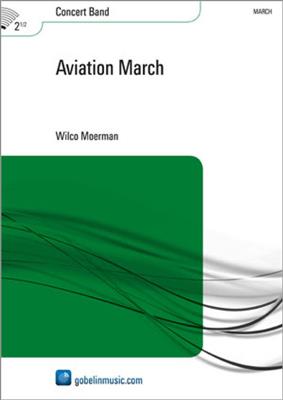 £89.99
£89.99Aviation march - Wilco Moerman
Mankind has always had the desire to fly. Initially we tried to imitate birds to fly, which eventually resulted in the invention of balloons, airships, gliders and powered aircrafts. The first airship in the world that could fly in a controlled way, was invented by Henri Giffard. This airship flew on September 25, 1852 from Paris to Trappes. The ship was 43 meters long and flew 8 km per hour over a distance of 27 km. Other key names for the many changes and developments of the aviation industry, are the Wright brothers on December 17, 1903 with their first motorized flight, of 12 seconds over a distance of 37 meters with a homemade motorized aircraft called the Flyer. Later the same day this record was improved by a flight of 60 seconds over a distance of 260 meters. The first flight across the Channel between England and France was made by Louis Blriot on July 25, 1909. The distance of about 45 km was covered in a time of 37 minutes. In 1910, the first woman, a French pilot (Raymonde de LaRouche), made her first solo flight. She was also the first woman who got a license to fly.This march is a tribute to the many years of development within the aviation industry and gives voice of the pride, the romance, the heroism and the status of this way of transportation.
Estimated dispatch 7-14 working days
-
£149.99
Bridge Between Nations - Jacob de Haan
This work builds a musical bridge between the nations of the European Union. In this composition each country is represented by a fragment of its national anthem. The listener will continually be surprised by the creative way the national anthems are presented. The national anthems of the nations that have become part of the EU in 2004 have already been included in this piece. Because the fragments follow each other and complement each other in a logical way, this work does not sound like a regular medley but rather like a varied concert work with interesting elements of folklore. For most of the national anthems Jacob de Haan has chosen a minor key, which gives this work an extraemotional, sometimes melancholic overtone.
Estimated dispatch 7-14 working days
-
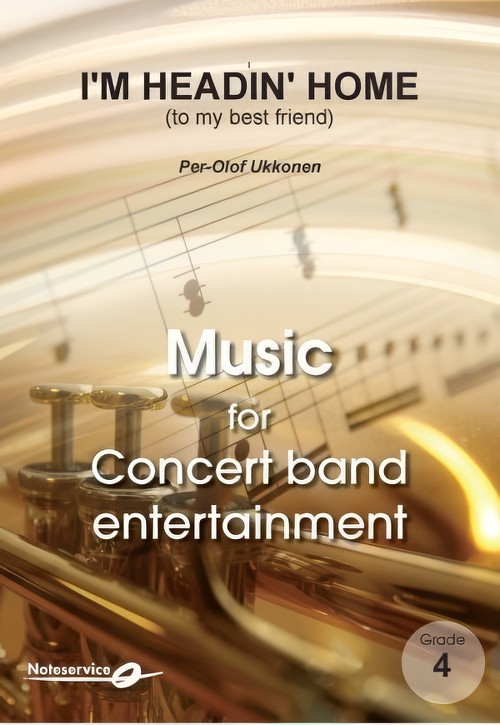 £143.00
£143.00I'm Headin' Home (to My Best Friend) (Concert Band - Score and Parts) - Ukkonen, Per-Olof
I don't know why I get ideas on my way home. Maybe it depends on who is waiting. This is my third pop song for Concert Band inspired by going home. Keep the tempo up throughout the song, you are Headin Home! The first two titles are Walking Home and Another Way Home.- Per-Olof Ukkonen
Estimated dispatch 7-14 working days
-
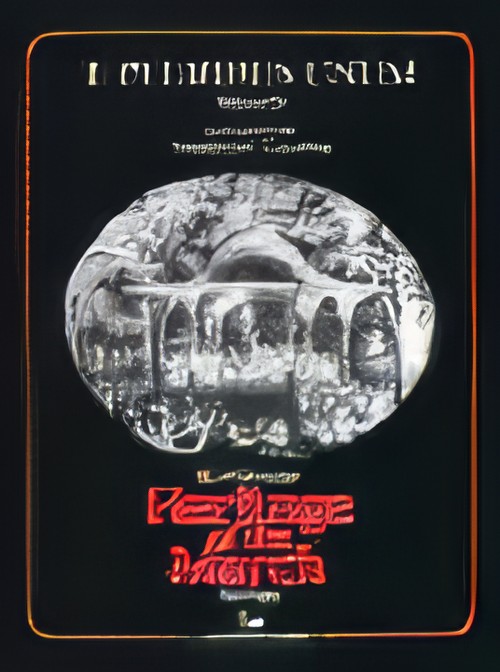 £72.00
£72.00E Pluribus Unum (Concert Band - Score and Parts) - Jewell, Fred - Glover, Andrew
Fred Jewell's magnificent E Pluribus Unum march has been a staple of experienced bands for decades; Andrew Glover's new arrangement for the Barnhouse "Heritage of the March" series finally brings this classic American march into the grasp of modern concert bands. This toe-tapping patriotic gem will challenge your band but prove a favorite of audiences and performers alike. Carefully scored for today's bands, this march is not simplified in any way, but faithfully follows the composer's original work while conforming to contemporary instrumentation and performers. First class in every way!Duration: 3.15
Estimated dispatch 7-14 working days
-
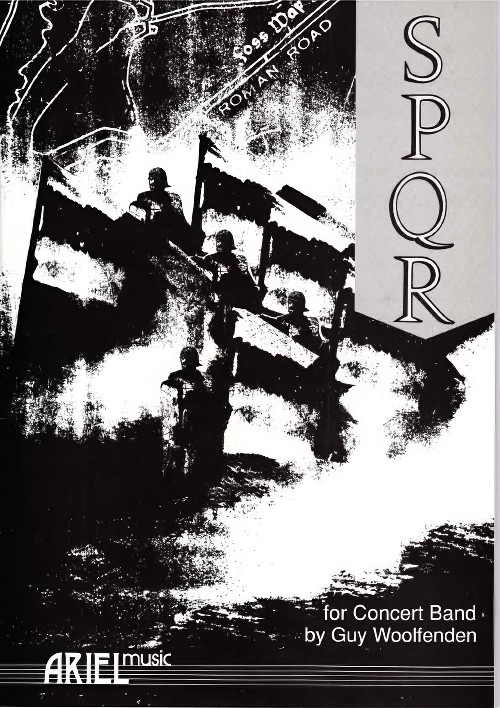 £115.00
£115.00S.P.Q.R. (Concert Band) - Woolfenden, Guy
Includes:I. Fosse WayII. NotturnoIII. Via AppiaS. P. Q. R. was commissioned as part of the Warwickshire County Council centenary celebrations in 1988 and my response was to delve even further back than a mere one hundred years, to encompass the Roman occupation of Britain, which lasted 350 years from AD 43. The standard of the Roman legions often carried the letters S. P. Q. R: Senatus Populusque Romanus - The Senate and People of Rome.Among the lasting monuments to this long occupation is the amazing system of roads, one of which, the Fosse Way, bisects the county of Warwickshire from south-west to north-east. Four of the major areas of modern Warwickshire: Stratford-upon-Avon, Warwick, Rugby, and Nuneaton and Bedworth, lie adjacent to this mighty thoroughfare.S. P. Q. R. attempts to juxtapose and contrast the ancient and indissoluble links between rural and urban Warwickshire and the might of ancient Rome. Thus the river Avon becomes a tributary of the Tiber and the Fosse Way joins the Via Appia: All roads lead to Rome!
Estimated dispatch 7-14 working days
-
 £137.99
£137.99Theme Park Fun! Wind Band Set (Score & Parts)
In Theme Park Fun! your orchestra pays a visit to an amusement park. During your visit, you will experience some spectacular rides and attractions this theme park offers. The uniqueness of Theme Park Fun! is the interplay between music and (moving) images. Animations and illustrations support the visual composition.Part 1: The Entrance & Parade [with animation]The opening of the park is a fact. A day full of fun and pleasure awaits! You and the other visitors will be confronted with all the rides, attractions and adventures the theme park has to offer. Which ride shall we do first?! There is so much to do and experience on this day in the park! A parade of colorful floats and park figures is passing by.Let the fun begin!Part 2: The Haunted House [with animation]The only ride in the park that is not related to fun, is the Haunted House. Here visitors will be challenged to visit a house full of ghosts, creepy figures and other ominous things. The clock strikes twelve, there is no turning back. Ghosts are whispering, yelling, screaming... Fortunately it is almost one oclock, so we can leave this creepy place quickly.Part 3: The Swinging Galleon [with illustrations]What a huge pirate ship! Each time you swing back and forth, you will feel that weird feeling in your stomach. When you are thrown completely into the top you will have a fantastic view over the park, but you can not enjoy it for long. Before you know the ship swings back the other way.Part 4: The Fairy Tale Ride [with illustrations]After all those exciting and spectacular rides and attractions, it is time for a peaceful tour in The Fairy Tale Ride. Surrounded by a fairytale setting, you will discover fable figures, talking animals and colorful designs. Such a beauty and tranquility. Having had this experience, we are ready again for the big rides in the park!Part 5: The Bumper Cars [with illustrations]Now its time to crawl behind the wheel of the Bumper Cars! Shall we all chase the conductor?! Before you know you are hit by another visitor or you will bump against someone else. In this tough ride you can prove yourself as a real driver, or perhaps as a really bad one.Part 6: The Roller Coaster [with illustrations]The largest, fastest and scariest ride in the park ... we should definitely do the Roller Coaster! All together in the train, the over-the-shoulder restraints are lowering... be ready to ride. The train leaves the station and is heading for the big lift hill. It will be very scary when the train reaches the top and the train will be plunged down the first drop! Loops, corkscrews and other spectacular coaster elements will follow... Before you know it, the ride of your life is over. Shall we ride it again?!Part 7: Leaving the Park [with animation]Unfortunately everything comes to an end. This day in the theme park is over, but we have a lot new experiences to talk about! The memories of all the funny and spectacular rides will come up when we walk through the park to the exit. Just one look over the shoulder, the amusement park figures are waving at us. Hopefully we will come back again soon! 14:30
Estimated dispatch 7-14 working days
-
 £154.60
£154.60I'm Headin' Home - Per-Olof Ukkonen
"I don't know why I get ideas on my way home. Maybe it depends on who is waiting...This is my third pop song for Concert Band inspired by going home. Keep the tempo up throughout the song, you are Headin' Home!The first two titles are "Walking Home" and "Another Way Home", both published on Noteservice."Per-Olof Ukkonen
Estimated dispatch 7-14 working days
-
£264.99
Diferencias on an Old Spanish Song - Yasuhide Ito
I am immensely happy that my Gloriosa, symphonic poem for band (1990), has been performed by so many bands in the last thirty years.During this period, the growth of the internet has made it much easier to access information.When I composed Gloriosa, I only had limited information about the period when Christianity and Western music was first introduced to Japan, and had to rely a lot on my imagination.However, nowadays, it is easy to obtain various source materials and to read interesting studies on the music of the past.In recent years, the music of Luis de Narvez (born ca.1500 - died between 1555-1560), Spanish composer and vihuela player, has become increasingly known, and several CDs of his music are now available.Narvez composed the earliest-known set of diferencias, a forerunner of the variation form. One of his works is Seys diferencias sobre el himno "O gloriosa domina" [Six diferencias on the hymn "O gloriosa domina"] (1538), based on the Spanish Marian hymn, and it was this melody I used in the first movement of my Gloriosa.Western music has been my musical roots since childhood, and throughout my career as a composer, it has continued to fascinate me. One could say that this has provided the inspiration for Diferencias on an Old Spanish Song, my own take on the diferencias form.Actually, such music from the early sixteenth century could sound fresh to our modern ears. So I decided to quote the melody from Narvez's Sey diferencias at the beginning and end of the piece, in order that people can get the feel for the period.The main section (bars 42-390) is formed of 13 diferencias, similar to the first movement of the Gloriosa.In the middle section, which begins after the eighth diferencia(from bar 187), one should be totally absorbed in the tranquility and the beauty of the music. Although it's in the style of a sarabande, it should be taken slower and played as pianissimo as possible.This is followed by folk-style dance music. (As only standard percussion instruments are used, try to be creative with tonal colours and sense of rhythm).The structure of the work is simple, but be aware of the connection between the sections when constructing the whole.Also, think about the tonality. Overall, the work is in F minor. The main section is basically in D minor, but from bar 102, it modulates to A flat minor and G minor, and then in the middle section it suddenly switches to A flat major (which is the furthest key from D minor, and the relative major of F minor). From bar 219, it modulates to F minor and then to C minor, then back to F minor by way of A minor.N.B. The Oboe II part can be substituted by the English Horn (as indicated in the parts). One can choose according to the player's skills or preference.Recent new compositions for wind band are often full of rhythm, dynamism, and tonal colour, and compositional techniques and orchestration have also evolved greatly. Yet on the other hand, they tend to feature fewer melodic or expressive elements. Since this work is the test piece for WMC Kerkrade 2022, I had to think about what "tests" or "challenges" to set, and I decided to compose something that doesn't involve a lot of technical display, but requires beautiful sounds and harmonies, and above all, musical expressivity. I didn't put many expression markings in the score, because I wanted the performers to think about how best to express this music. If it is played merely as notated, it's not going to sound very interesting.Christianity was introduced to Japan in the mid-16th century, but it was subsequently banned and Japan entered a period of national isolation, which meant that there was hardly any international exchange for two hundred years. As a result, the Christian hymns that were introduced prior to the isolation became almost unrecognizable over the centuries. This was the theme I explored in my Gloriosa thirty years ago.Now, in 2021, the whole world has been forced to "isolate" due to the Covid-19 pandemic. In such times, it seems pertinent that I've written a work using this melody again. I sincerely hope that people will be able to gather in Kerkrade in 2022.(English Translation:Nahoko Gotoh)
Estimated dispatch 7-14 working days
